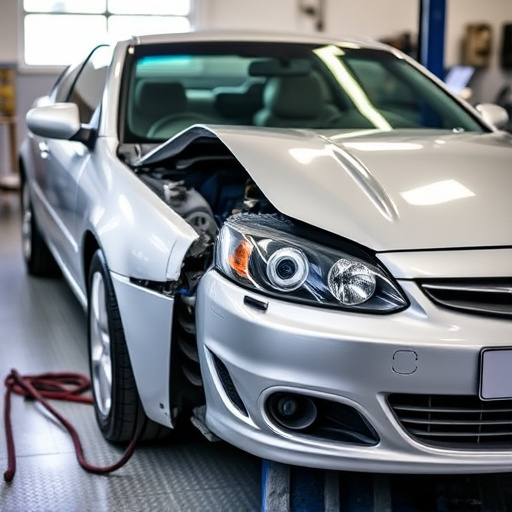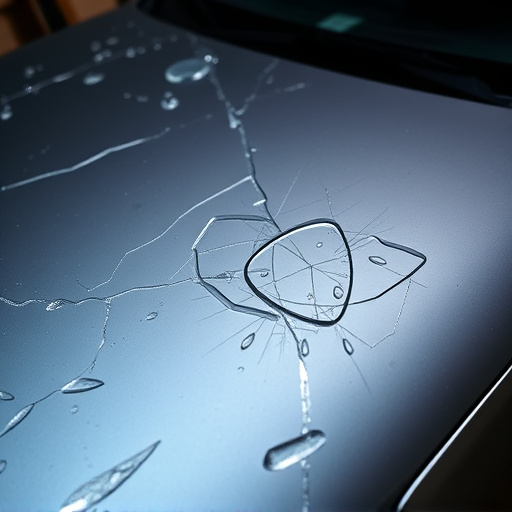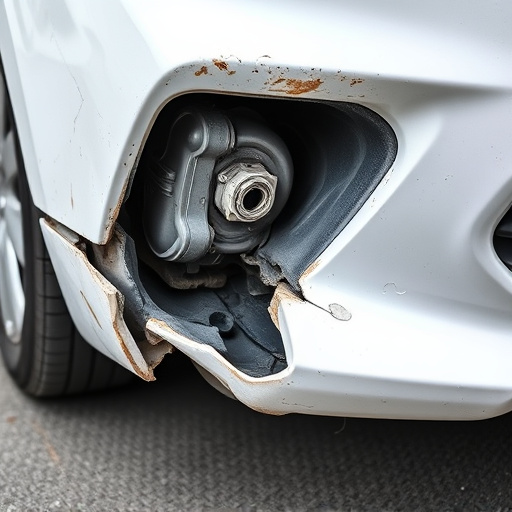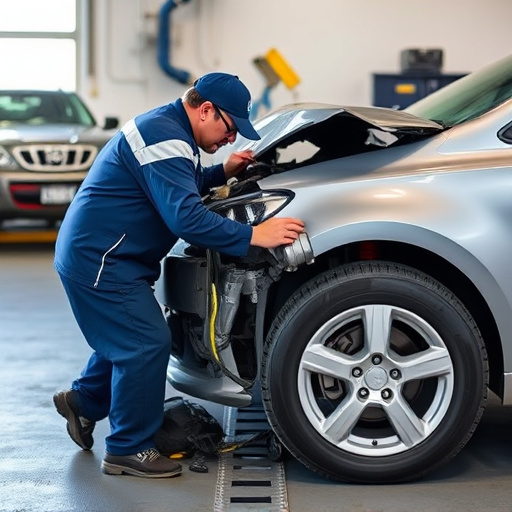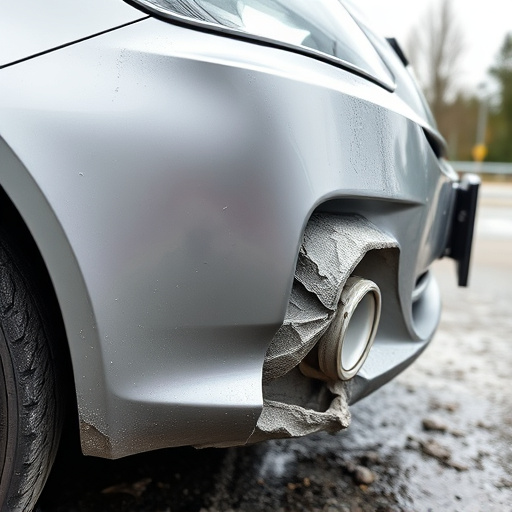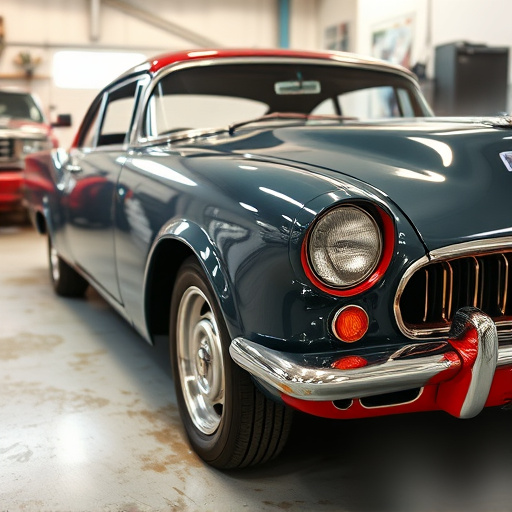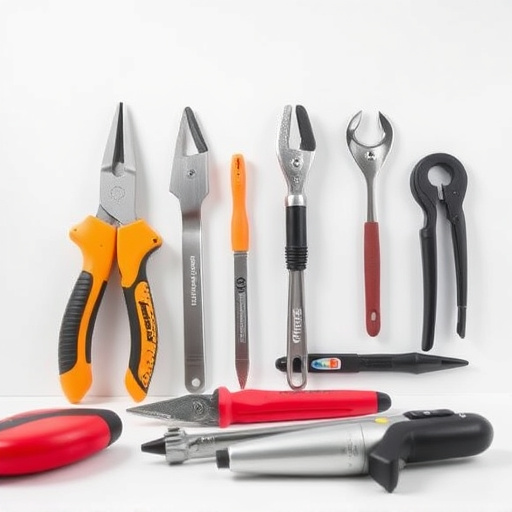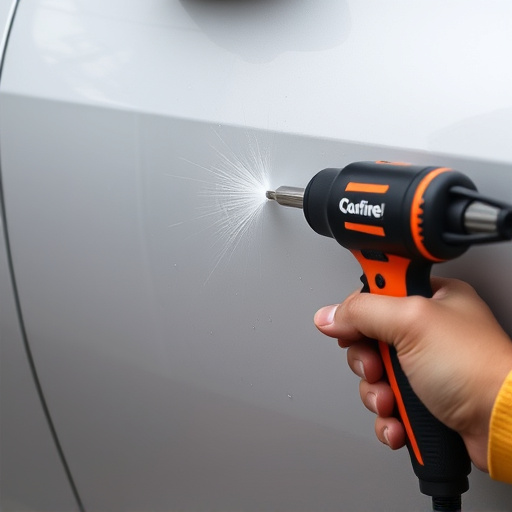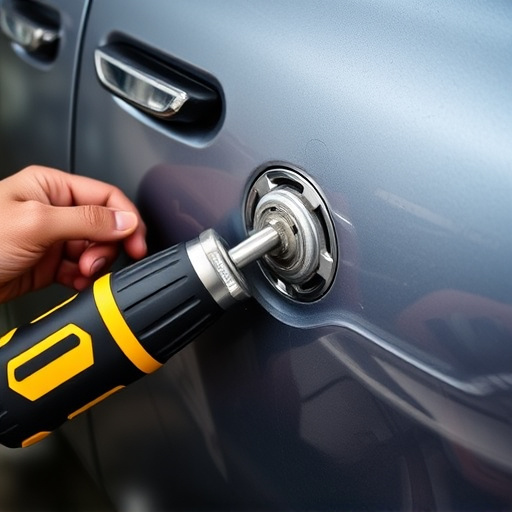The automotive industry shifts towards lightweighting with aluminum body components to enhance electric and hybrid vehicle efficiency. This trend drives innovative painting and repair services, pushing for high-performance, sustainable cars. Aluminum's strength-to-weight ratio, durability, and corrosion resistance make it ideal for HEVs. Production challenges are addressed through advanced machines, predictive maintenance, and joining techniques, streamlining manufacturing and reducing costs. These innovations contribute to more eco-friendly vehicle designs and lower carbon emissions across the automotive sector.
Aluminum body components are revolutionizing the automotive industry, particularly for hybrid and electric vehicles (EVs). As the demand for eco-friendly transportation grows, lightweight materials like aluminum are at the forefront of design innovations. This article explores the latest trends in EV and hybrid design, highlighting the advantages of aluminum in achieving lighter, more efficient vehicles. We also delve into manufacturing challenges and future solutions to ensure sustainable and cost-effective production of these advanced aluminum body components.
- Lightweighting Trends in EV and Hybrid Design
- Advantages of Aluminum for Electric Vehicles
- Manufacturing Challenges and Future Solutions
Lightweighting Trends in EV and Hybrid Design
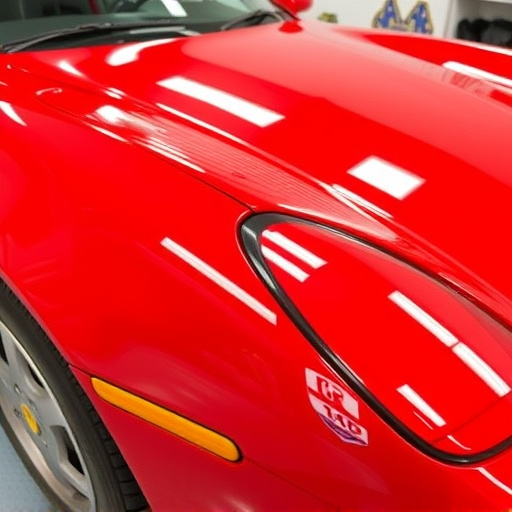
In the pursuit of enhancing electric vehicle (EV) and hybrid efficiency, there’s a growing trend towards lightweighting. This involves incorporating lighter materials to reduce overall vehicle weight, leading to improved performance, extended range, and better fuel economy. One prominent material making waves in this sector is aluminum. Aluminum body components offer a compelling blend of strength and low density, addressing the industry’s demand for sustainable and high-performance vehicles.
This shift towards lightweighting isn’t just about reducing mass; it also facilitates more agile handling and lower emissions. As EV and hybrid technologies continue to evolve, the integration of aluminum body components is set to play a pivotal role in shaping the future of automotive design. This trend not only promises enhanced performance but also opens avenues for innovative auto painting techniques and tailored car repair services to cater to the unique needs of these advanced vehicles.
Advantages of Aluminum for Electric Vehicles

Aluminum is increasingly becoming a preferred material for hybrid and electric vehicles, offering significant advantages over traditional steel bodies. One of its key benefits is lightweight construction, which plays a crucial role in improving vehicle efficiency and reducing overall weight. This reduction in weight translates to better fuel economy and extended range for electric cars, addressing critical performance concerns.
Additionally, aluminum’s superior strength-to-weight ratio ensures structural integrity without adding excessive mass. This feature is vital during vehicle collision repair, as it allows for more effective and efficient damage restoration while maintaining safety standards. Moreover, aluminum’s resistance to corrosion, a common issue in car damage repair, makes it a durable choice, ensuring vehicles remain in top condition even after exposure to various environmental elements.
Manufacturing Challenges and Future Solutions

The manufacturing process for aluminum body components presents unique challenges, especially as demand for hybrid and electric vehicles (HEVs) continues to surge. One significant hurdle is ensuring precision and consistency during forming and joining operations, given aluminum’s sensitivity to temperature and its tendency to deform under high pressure. Achieving accurate panel fit and minimal distortion requires advanced tooling, meticulous process control, and often, complex computer-aided design and manufacturing (CAD/CAM) systems.
Looking ahead, the industry is exploring innovative solutions to overcome these challenges. These include developing specialized machines with enhanced precision, implementing predictive maintenance strategies to monitor tool wear and machine health, and adopting advanced joining techniques like laser welding and cold forming. Such advancements promise to streamline production, reduce costs, and ensure the reliable manufacturing of lightweight aluminum body components for HEVs—a critical step towards more sustainable vehicle designs, ultimately reducing carbon emissions from car repair shops, collision centers, and vehicle body shops alike.
Aluminum body components are poised to play a pivotal role in the advancement of hybrid and electric vehicles, addressing the need for lightweighting while offering enhanced performance and sustainability. As manufacturing challenges are overcome through innovative techniques, the future looks bright for aluminum in this burgeoning industry. Its advantages, ranging from reduced weight to improved recycling capabilities, make it an attractive and essential material for the transition towards a greener transportation system.
